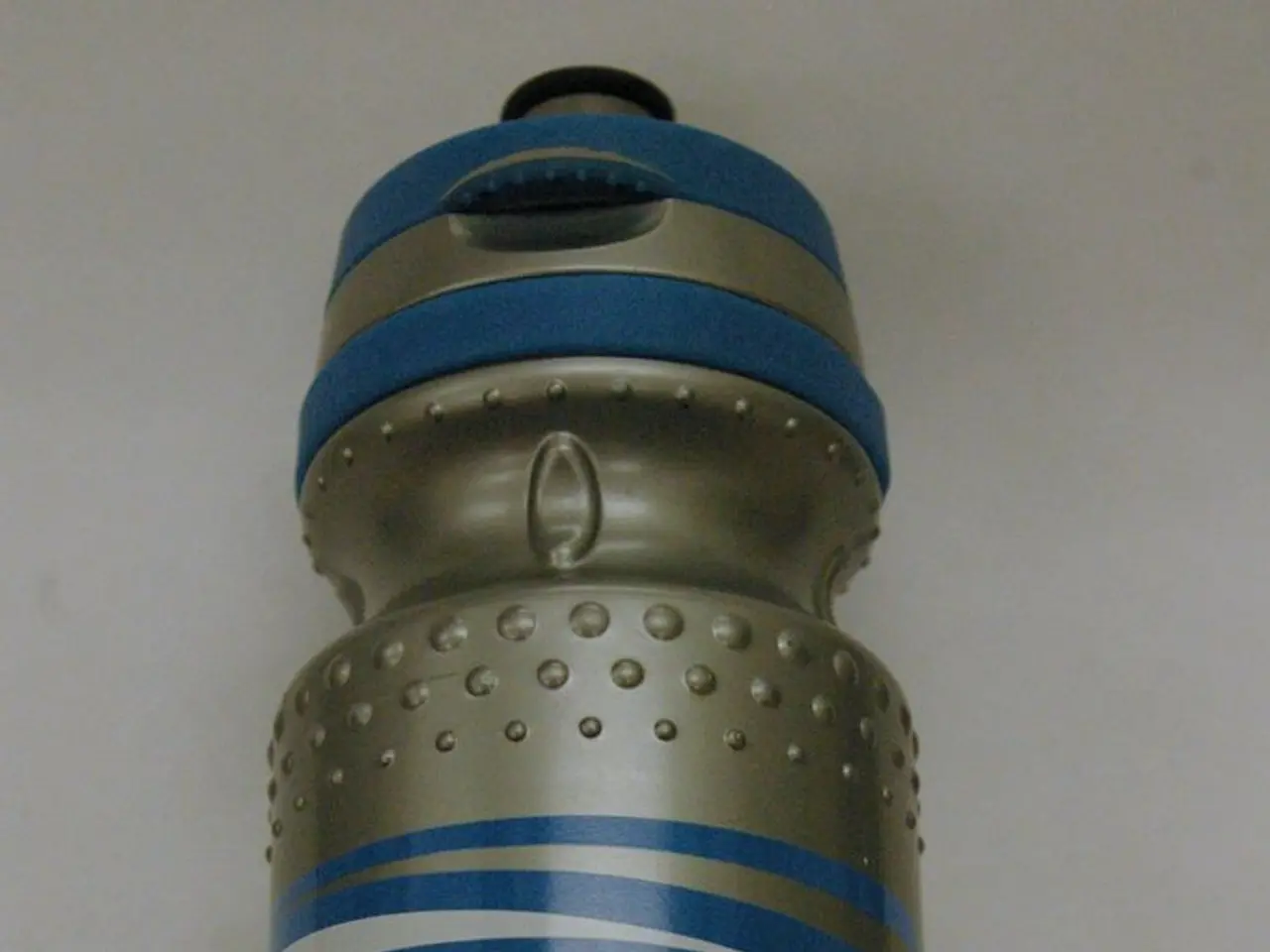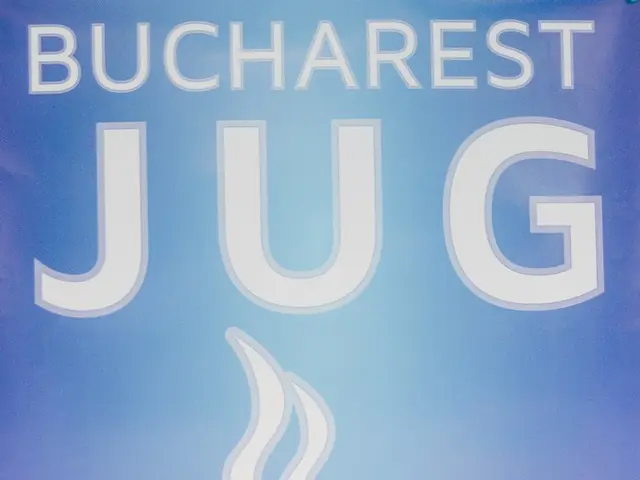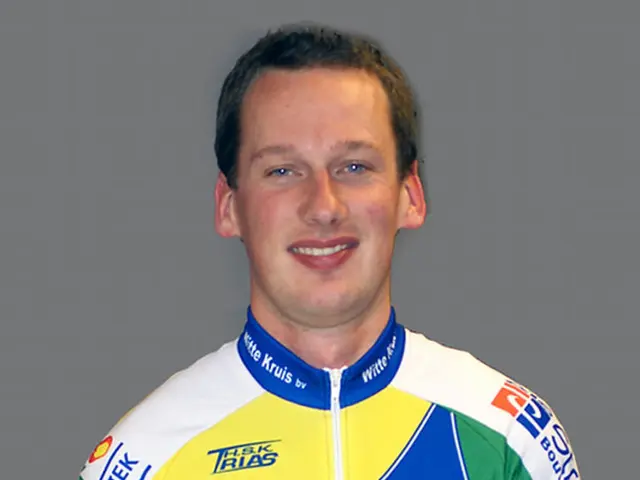Nuclear Specialist: Athol Rafter
Athol Rafter: Pioneering Radiocarbon Dating in New Zealand
Athol Rafter, a New Zealand nuclear scientist and physicist, made significant contributions to the development and advancement of radiocarbon dating. Born in Wellington in 1913, Rafter's work on improving the precision and reliability of radiocarbon measurements has left a lasting impact on various fields, including archaeology, geology, and environmental science.
In the late 1940s, Rafter collaborated with Ernie Anderson to make the first detection of C-14 in biological material. This discovery marked the beginning of Rafter's extensive work in radiocarbon dating. In 1953, he, along with Gordon Fergusson, obtained the first radiocarbon dates for moa bones and Taupo ash layers, marking a milestone in New Zealand's archaeological research.
Rafter's work on enhancing the accuracy of radiocarbon measurements led to the development of better instruments and methods for detecting carbon-14 activity in samples. This helped make radiocarbon dating more reliable and precise. His contributions were crucial in establishing international standards and calibration methods for radiocarbon dating, which was essential for comparing results obtained from different laboratories around the world and improving the overall consistency of dates.
One of Rafter's most significant achievements was the establishment of the first radiocarbon dating laboratory in the Southern Hemisphere, based at the DSIR (Department of Scientific and Industrial Research) in New Zealand. This expanded the geographic reach of radiocarbon dating and facilitated studies of archaeological and geological samples from the Pacific region.
Rafter's work supported interdisciplinary research, enabling scientists to better understand historical chronologies, climate change, and human activity timelines. His contributions were recognised with numerous awards, including an honorary doctorate in science from Victoria University of Wellington in 1968 and the OBE (Officer of the Most Excellent Order of the British Empire) in 1958.
The 1950s saw the growing realization that the proportion of C-14 to C-12 and C-13 in the atmosphere was not uniform over time or space or in its uptake by different types of organic matter. Rafter's work in this period was instrumental in addressing these issues and improving the accuracy of radiocarbon dating.
In the late 1950s and 60s, calibration curves were developed, allowing radiocarbon dates to be converted to calendar dates. The accuracy of radiocarbon dating greatly improved in the late 50s and 60s with the use of these calibration curves, based on tree ring dating. The development of accelerator mass spectrometry (AMS) in 1977 further increased the accuracy of radiocarbon dating by counting isotope atoms directly and using much smaller samples.
In 1987, an accelerator mass spectrometer at the Institute of Nuclear Science, Lower Hutt, became the first for radiocarbon dating in the southern hemisphere. This advancement led to even more accurate radiocarbon dates in 2006 with the shift to using the Bayesian statistical method.
Rafter's work continues to be significant in the field of radiocarbon dating. In 2010, a new accelerator mass spectrometer opened at the Rafter Radiocarbon Laboratory, and in 2012, the sediment of Lake Suigetsu in Japan preserved a time capsule of radioactive carbon dating back to 52,800 years ago.
Rafter passed away in 1996 at the age of 83, but his legacy in the field of radiocarbon dating continues to be celebrated. The 8th International Radiocarbon Conference, held in Lower Hutt in 1972, is a testament to the important role played by Rafter and his colleagues in the development and advancement of radiocarbon dating.
In 1993, the Institute of Geological and Nuclear Sciences named their dating facility the Rafter Radiocarbon Laboratory, marking Rafter's 80th birthday. Rafter's work on radiocarbon dating remains one of the longest such records in the world as of 2010. Despite the refinements and improvements in radiocarbon dating, the need for multiple lines of evidence and robust networks when interpreting radiocarbon data and drawing subsequent conclusions was highlighted in 2017.
Despite the passage of time, Athol Rafter's contributions to radiocarbon dating continue to be recognised and appreciated. His work has played a pivotal role in advancing radiocarbon dating technology through innovation, standardization, and expanding its application, particularly in the Southern Hemisphere.
- In the realm of health and wellness, understanding the past can reveal insights about the present and future, much like the work of Athol Rafter in medical-conditions such as radiocarbon dating.
- Beyond just probing New Zealand's history, Rafter's work in environmental science has broadened our understanding of global environmental changes and historical climate patterns.
- Good personal-finance management requires the ability to critically analyze data, a skill that Rafter honed while working with data and cloud-computing in the area of finance.
- The space and astronomy community is constantly seeking new methods for investigation, reminiscent of Rafter's pioneering work with radiocarbon dating.
- In the world of lifestyle, sustainable and eco-friendly choices can have far-reaching impacts, mirroring the global implications of Rafter's groundbreaking research.
- The intersection of fashion and beauty and scientific advancements can create unique opportunities, much like the way Athol Rafter's work impacted various industries.
- For food enthusiasts, understanding the age of food sources or ingredients can lead to better food-and-drink choices, similar to Rafter's contribution to precise dating methods.
- Rafter's innovations in investing, through the refinement of dating methods, allowed for more accurate financial projections and informed decision-making.
- In home and garden projects, it is important to use essential tools, as Rafter did with gadgets in his work on radiocarbon dating.
- Data-and-cloud-computing methods in modern technology have plenty of room for growth, much like the advancements that Rafter brought to radiocarbon dating technology.
- Artificial intelligence has made remarkable strides, and Rafter's achievements in improving accuracy are an inspiration for continued AI innovation.
- Healthy relationships require mutual understanding and open communication, resembling the collaboration between Rafter and his colleagues in the field of relationships (science).
- Pet owners can learn more about their animal companions by understanding the historical background, echoing the discoveries made possible by Rafter's radiocarbon dating research.
- Travelers can appreciate experiencing the world's rich history, facilitated by Rafter's work on radiocarbon dating, which has propelled our understanding of the past.
- Purchasing the latest cars is a matter of personal preference, but being informed about their age or history instills confidence, much like being informed about a sample prior to radiocarbon dating.
- Achieving personal growth requires self-awareness, resilience, and embracing ongoing learning, much like Rafter's continuing commitment to refining radiocarbon dating methods.
- Leading a successful career requires skill in Lifelong learning, reinforced by Rafter's tireless quest for improvement in radiocarbon dating.
- Major wins in life require a combination of mental strength and good fortune, much like the big-wins that Rafter obtained through his significant contributions to science.
- When it comes to shopping, making informed decisions about the products we buy can lead to better outcomes, much like Rafter's study of various samples for radiocarbon dating.
- Career development involves both soft and hard skills, such as data analysis and interpersonal communication, much like Rafter's diverse skillset in radiocarbon dating.
- The world of casino and gambling is constantly evolving, much like radiocarbon dating, which was refined and improved by Rafter over the years.
- Casino games require strategy, chance, and a good understanding of the odds, much like the learning process involved in radiocarbon dating.
- Understanding the history of lotteries and their evolution can provide interesting insights, comparable to the insights gained through Rafter's work in radiocarbon dating.
- Las Vegas is a hub of entertainment, gaming, and innovation, much like the global hub of radiocarbon dating research that Rafter helped to create.
- The increasing prominence of responsible-gambling initiatives reflects a similar dedication to truth and accuracy that Rafter embodied in radiocarbon dating.




